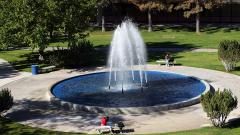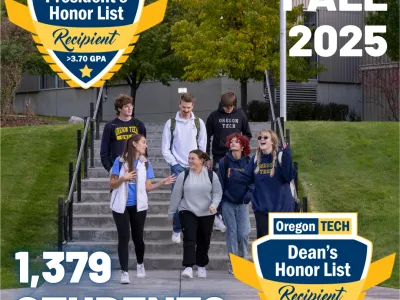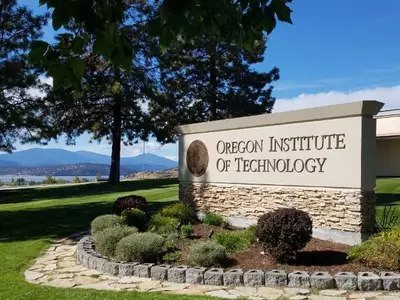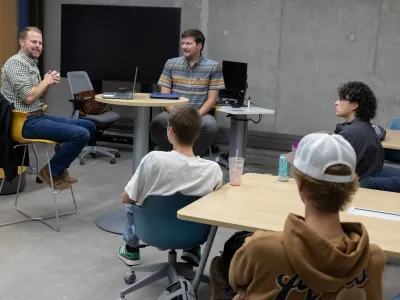PORTLAND, OR – Despite a last minute launch site relocation due to wildfires, the Oregon Institute of Technology (Oregon Tech) Eclipse Ballooning Project team had a successful launch from Corvallis, Oregon yesterday. Before reaching an elevation of 106,000 feet and bursting as planned, the live stream sent out images of the shadow of the eclipse and the landscapes of Oregon from the coast to the Cascade mountain range. The launch also tested micro bacterial samples from NASA, which were airborne for a total of two hours before the balloon dropped its payload back to earth.
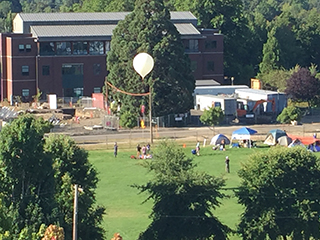
The original launch site of Detroit Lake in Central Oregon fell through about a week ago when the White Water Fire made the planned launch and payload retrieval impossible. After considering a few locations, the Oregon Tech team was given permission by Oregon State University to use a field near the Crop Science building for the launch site, and to camp there for a few days prior to launch.
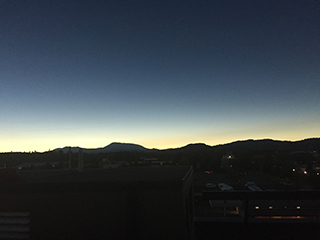
Two NASA Ballooning Project researchers from Cornell University -- Daniela Bezdan, Research Director, and PhD student Alexa McIntyre -- worked with Oregon Tech’s team for several days to plan for adding their microbiological sample to the top of one of the payloads. Their key interest was the effect of air pressure, temperature and density on the sample. That atmospheric environment mimics one much like Mars, providing information that can serve research and exploration.
Besides NASA’s payload, the balloon carried video and still cameras, a GPS device and a cut-down mechanism for payload retrieval, and several “memorial” recognitions included for family members and friends by the team; with one recognizing Cmdr. William McCool, one of the astronauts who died in the Space Shuttle Challenger explosion.
All of the NASA Ballooning Project teams across the country were set up to live stream from http://eclipse.stream.live/ during the eclipse, although not all streams ended up working. Oregon Tech’s stream worked for a full two hours, and footage of the event will be posted to the team’s website: http://oitgrasp.wixsite.com/eclipse. During a June test launch, Oregon Tech’s video had impressive views of Mt. Jefferson and the Cascade Range and was deemed by NASA to have some of the best video quality of all participating teams.




